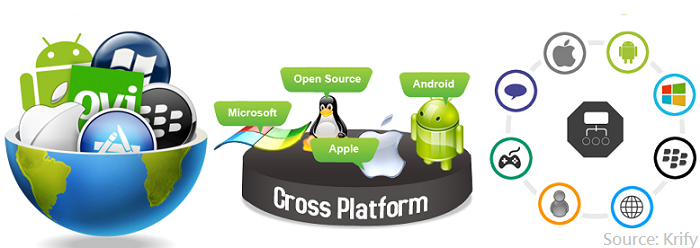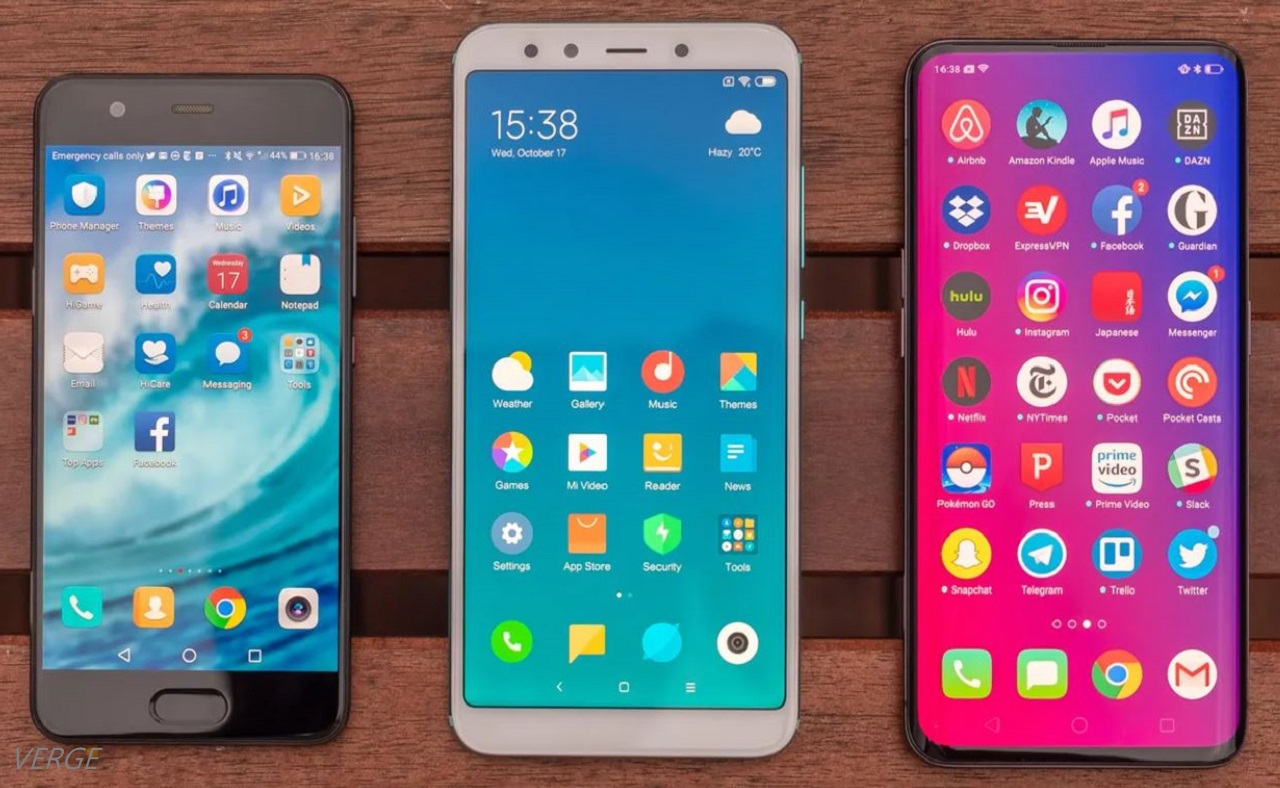The future of mobile apps is indeed bright and full of potential, with development trends sure to improve on its already amazing usability. Since people are becoming increasingly dependent on app usage, mobile technology would center on making apps much more accessible to users with varying needs.
If your website caters to the digital ecosystem of China, you should also consider creating a mobile app that complements your website. So, which are these trends that could possibly affect the way apps are going to be used in the near future?
1. Super Apps
Super apps are singular apps that host a multitude of other services and features or even mini apps within their realm. A very popular example of this would be WeChat. These days, super apps even offer an online payment option to users. As such, online credit is being offered and ecommerce can flourish even inside a super app.
In a nutshell, super apps provide an end-to-end solution for users, especially if it is an ecommerce website. It works like a digital superstore that is a one-stop shop for a customer--from picking items to payment and then delivery.
You might also be interested in: WeChat mini-programs and the best social media apps for reaching customers in China.
2. AI integration
If apps want to become super apps, they would need to keep up with a multitude of user experiences that could be happening all at once. AI technology can be used to address this need since it learns from user behavior. Some of its notable features that can be integrated in apps are chatbots and targeted ads. Targeted ads work by learning one's search preferences and user preferences allowing to be tracked.
3. Non-touch interface integrated with UI
Apps are widely used by all types of people. However, some apps, like smartwatches, are too small to be dependent on touch-capacity; hence, voice technology is also being added to more apps. Apps used for navigation are also integrated with non -touch features which may depend on other hardware, such as mobile device's gyroscope, instead of manual input from the user.
4. 5G
Unlike its predecessor, 5G's latency is less than one millisecond. In addition to this, 5G's combination of extremely low latency, high bandwidth, and connection density will open up app development in fields like the Internet of Things (IoT), augmented reality (AR ) and virtual reality (VR), connected driverless vehicles, wireless health, and more. Next-generation apps will leverage this power and speed to achieve what we have never thought possible earlier.
You might also be interested in: Why is AWS/GCP not your best choice when hosting in China?
5. Progressive Web Apps and Instant Apps
The significance of PWAs has come to light during the pandemic, especially in the ecommerce segment. PWAs enable a dramatic increase in online shopping activity. B2B and B2C companies have reportedly increased their use engagement drastically. Among them is AliExpress, which recorded an 104% increase in conversion rate across all browsers when they use PWAs.
PWAs are also much easier to create as they can be made from a combination of technologies, such as HMTL, Javascript, and APIs. They are not “native” to an OS unlike most Android or iOS apps you would find in Google Play Store and Apple's App Store. This allows PWAs to work in cross-platform. A perfect example of PWAs is Twitter, which you can access via your browser and install on your mobile device from the web. A pop-up will appear prompting you to install Twitter right on the web browser.
6. Accelerated Mobile Pages or AMPs
AMPs are open-source coded pages that load faster than traditional web pages on a mobile device. It does this by storing a cached version of the web page, and also by removing most media content, such as videos, ads, and animations. Most AMPs are only made up of images and text.
AMP renders pages via an optimized HTML code. This enables pages to be loaded much faster as there is no need for the HTML code tag manager that often slows down a web page.
You might also be interested in: how to distribute your apps to Chinese mobile users.
7. Cross-Platform Apps
Cross-platform apps help both the developers and the users. These types of apps are developed using a framework that can run on various operating systems. In effect, the developers would have to write code only once and run it by compiling on this cross- platform framework. Meanwhile, the end-users do not have to worry if their iOS-based app can run on another platform, such as Android or Windows.

The most popular framework right now for developing cross-platform apps is React Native. Other popular frameworks also gaining traction in the development community are Xamarin, Unity, and PhoneGap.
You might also be interested in: Why you need to optimize for native mobile web browsers in China.
In Conclusion
Mobile users in China are predicted to reach 1.09 B users by 2022. This is not surprising, considering that just this October over 1 billion people in China have used the internet, accounting for more than 1 in 5 of the world's total internet user-base as per CNNIC (China Internet Network Information Center). Moreover, about 70% of China's current population now has access to the internet which is a 65% increase over the previous year.
Just by looking at these numbers, it is easy to fathom the potent app usage in China. In a country that actually benefits from a digital economy, largely fueled by the retail industry, it becomes important to keep abreast of latest technologies that could affect app usage.
Take advantage of this upward momentum. Instead of spending so much time figuring out how to tap the app market in China, partner with an agent such as GoClick China who already has on-ground experience with Chinese users. For keeping up with these ever-changing mobile app trends, it is important to have your websites and apps tested and monitored, especially if you're targeting users in China.
To learn more about succeeding in the China, check out our other articles.



